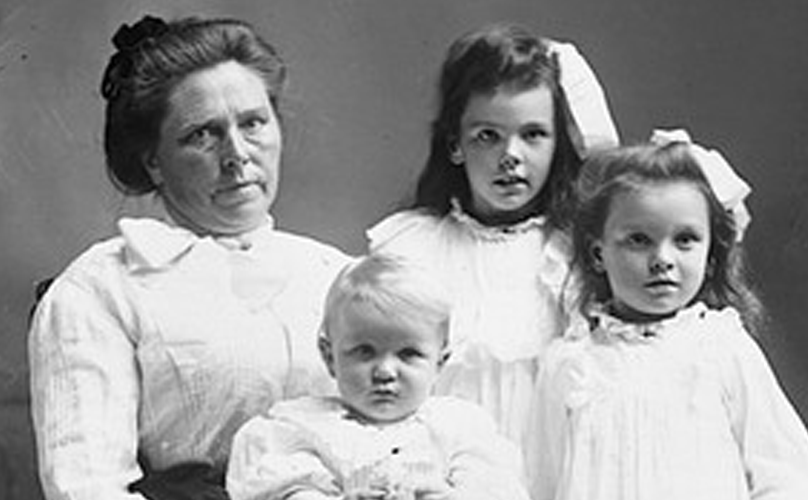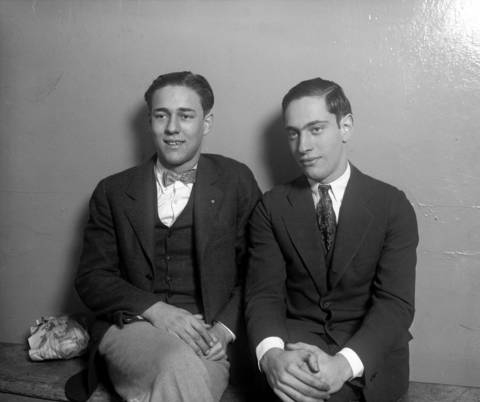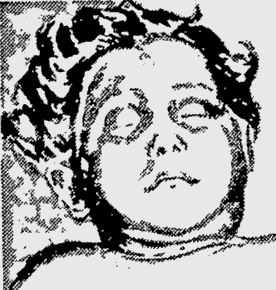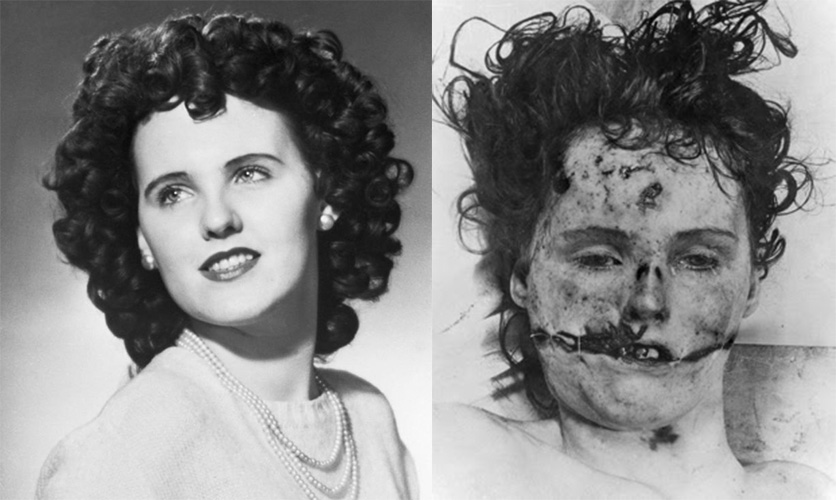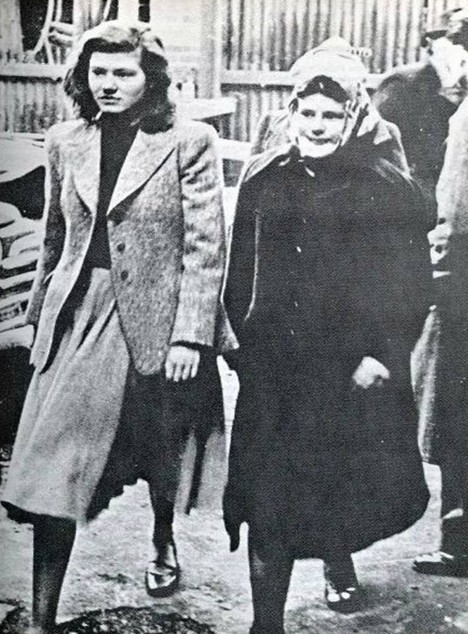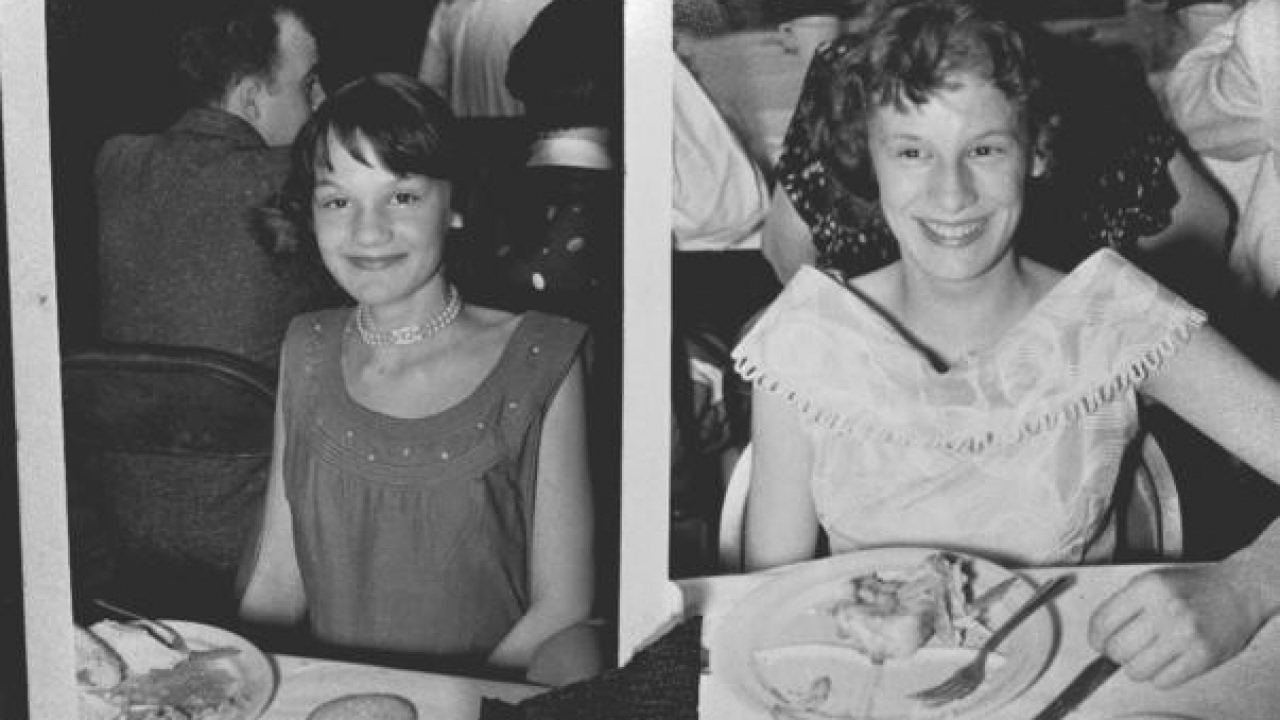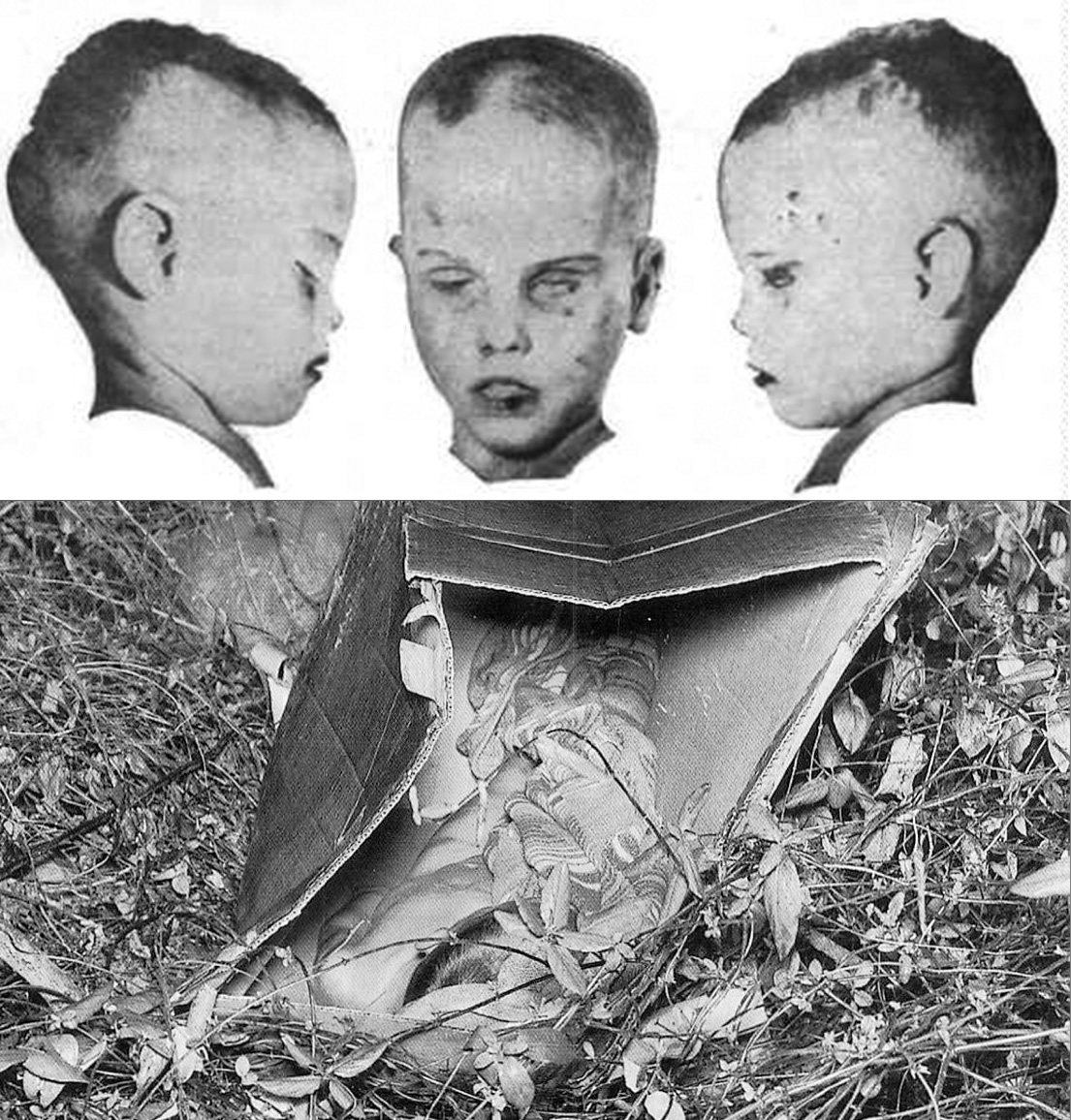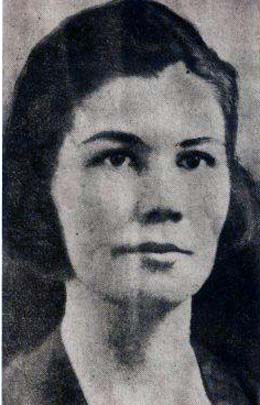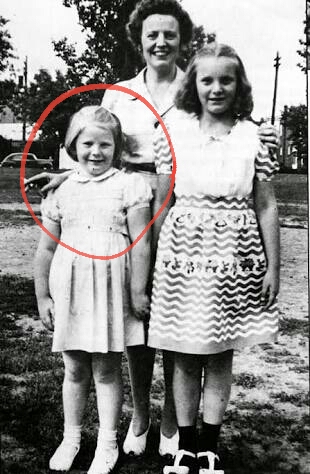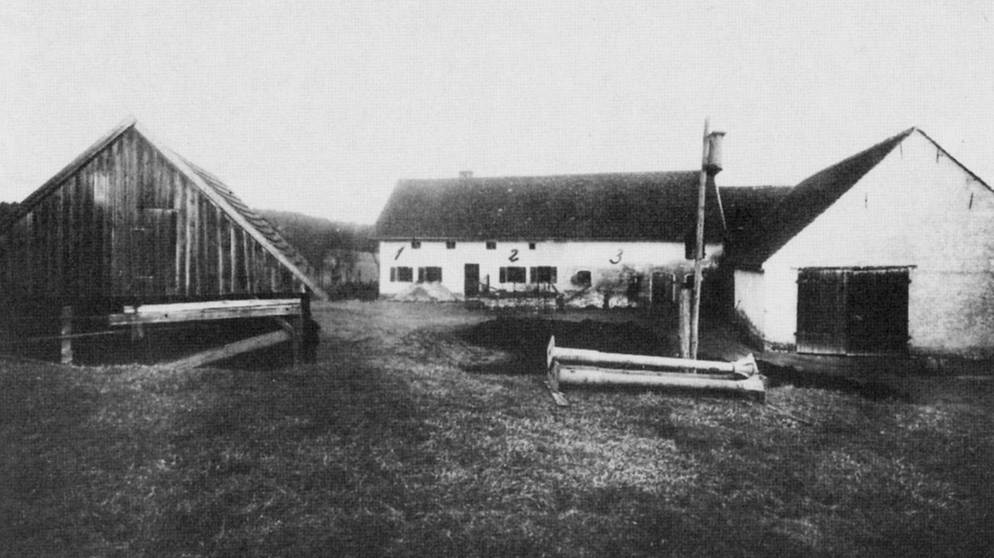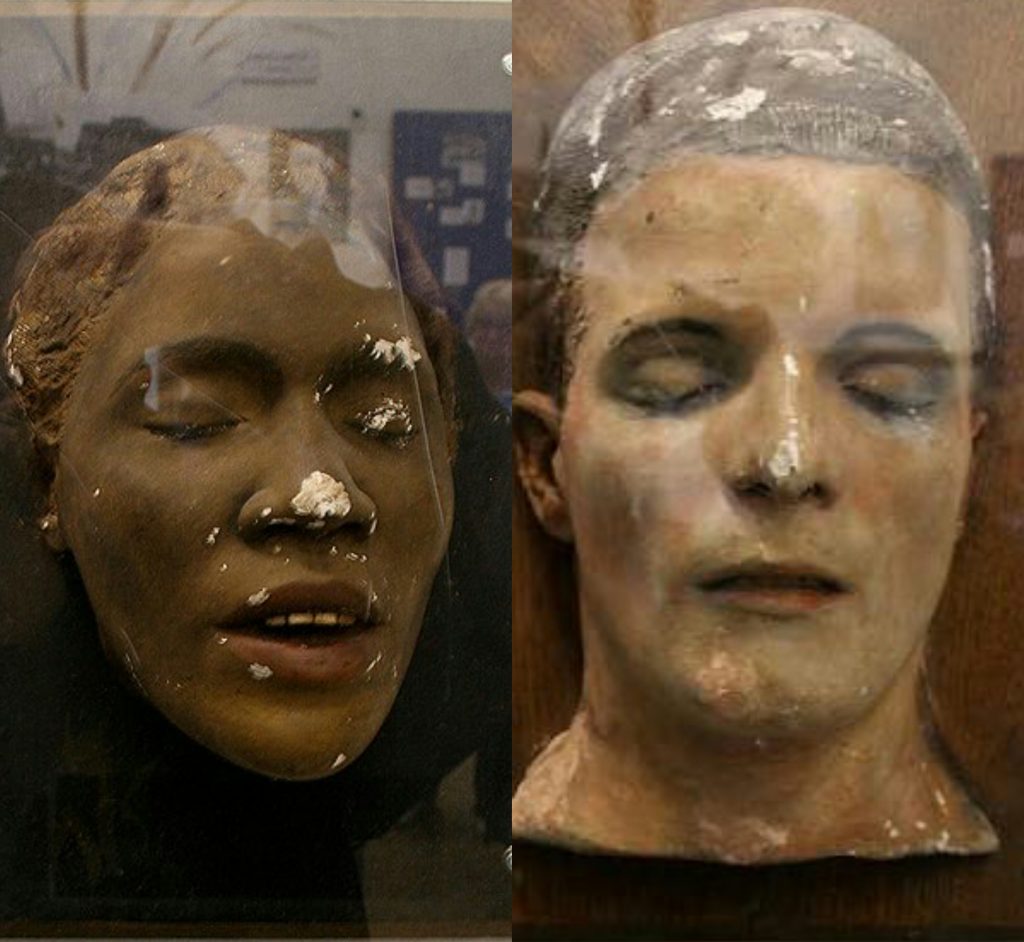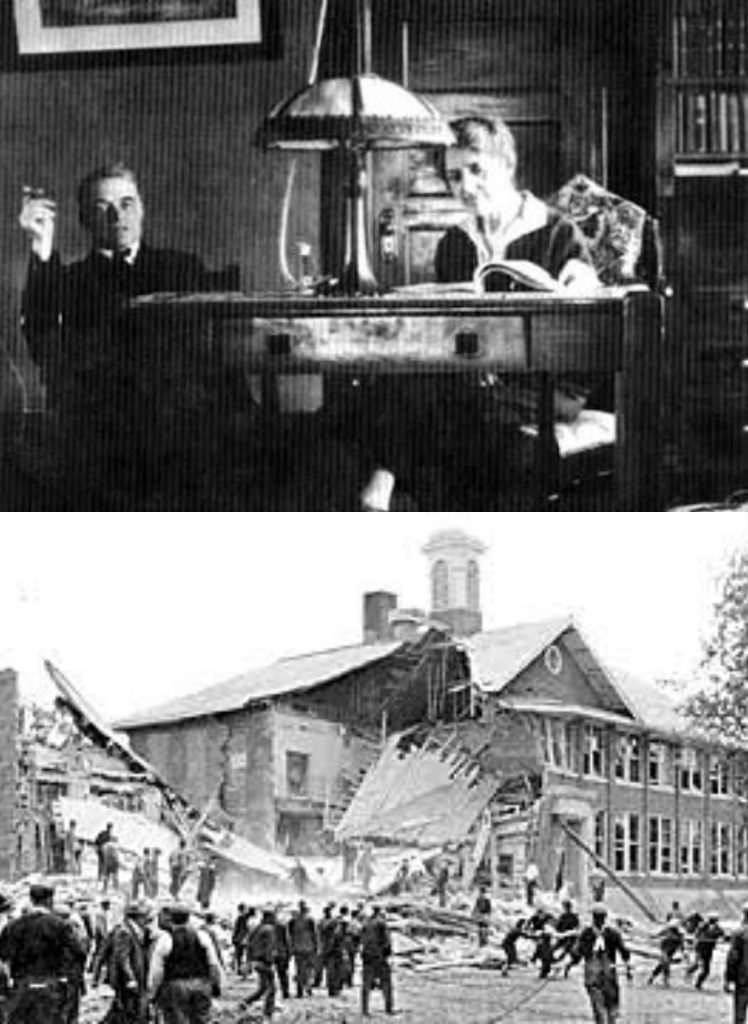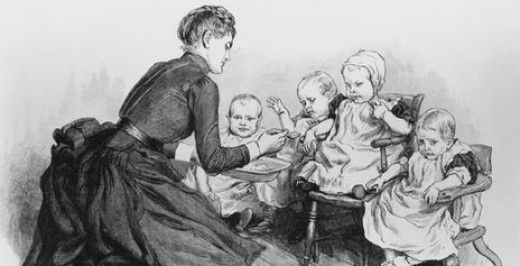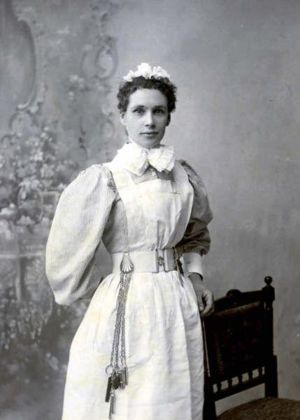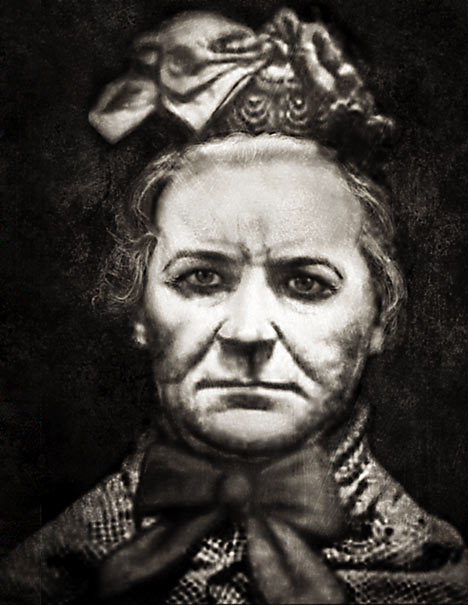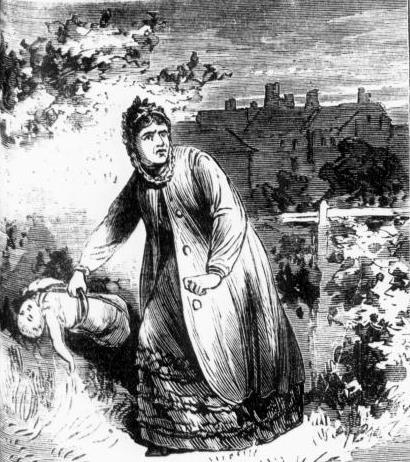- A murder is the unlawful premeditated killing of one human being by another and have always been unacceptable.
- These murders were both solved and unsolved before the 1960’s.
Belle Sorenson Gunness
Born as Brynhild Paulsdatter Storseth was a Norwegian-American serial killer. She was physically strong for a woman because of her six-feet height and 200-pound weight. She killed most of her suitors and boyfriends and her two daughters, Myrtle and Lucy. It was never determined if she did kill both of her husbands and all of their children.
It was believed that her motives were collecting life insurance, money and other valuables. She also killed and eliminated witnesses. It was estimated that she may have killed forty people or less. She was dubbed as “Hell’s Belle,” “The Black Widow” and “Lady Bluebeard.” Even though there were reports and records, it was known that she was never apprehended nor caught.
Nathan Leopold and Richard Loeb
Collectively called “Leopold and Loeb” wanted to commit the perfect crime. They were two wealthy students at the University of Chicago who kidnapped and killed a fourteen-year-old boy named Robert Franks. They were both sentenced to a life imprisonment plus 99 years. Loeb was murdered by a fellow prisoner in 1936 and Leopold was released on parole then died because of a heart attack.
The Franks murder has been an inspiration for films, theaters and literature. This includes Patrick Hamilton’s play titled “Rope” in 1929, Alfred Hitchcock’s film of the same name in 1948. There were also movies like Compulsion adapted from Meyer Levin’s novel in 1957 and Swoon directed by Tom Kalin in 1992.
“Little Lord Fauntleroy”
Is the nickname of the little boy, around five to seven, found in pond in Waukesha in Wisconsin. He had blond hair, brown eyes and a tooth missing from his lower jaw. He was dressed in a gray sweater, Munsing underwear, black stockings, a blouse and leather shows. This kind of clothing suggested that the child is from an average to wealthy family.
In 1949, investigators suggested that there may be a connection from the Little Lord Fauntleroy and a six-year-old boy named, Homer Lemay. Lemay died in a vehicle accident during a trip to South America when he was being cared for by family friends but no existing records of his death.
“The Black Dahlia”
Is coined to Elizabeth Short, an American woman who was found murdered in the Leimert Park neighborhood of Los Angeles, California.This case was highly publicized due to the graphic nature of the crime. Her body was mutilated and severed at the waist. She was an aspiring actress though no known acting credits or jobs during her time in Los Angeles. The case produced 150 suspects but no known arrests were made.
Her body was found in two pieces on a vacant lot on the west side of South Norton Avenue. She was completely severed at the waist and drained entirely of blood, leaving its skin a pallid white. Her face was also slashed from the corners of her mouth towards her ears, creating the “Glasgow smile.” She also have several cuts on her thigh and breasts where portions of flesh had been sliced away. Near her sliced up body was a heel print on the ground, tire tracks and a cement sack with watery blood inside.
Pauline Parker and Juliet Hulme
They had a co-dependent and dangerous friendship that when their parents tried to separate them from each other, they killed Honora Parker, Pauline’s mother. Parker was a sixteen-year-old girl and Hulme was fifteen. Honora Parker’s body was found in Victoria Park in Christchurch, New Zealand. Hulmer and Parker bludgeoned her to death with half a brick enclosed in an old stocking. After killing her, the two girls fled, covered in blood, went back to the tea kiosk. The body was found by Kenneth Ritchie. The body had major lacerations on her head, neck and face.
They served five years in prison each and as adults, Pauline Parker became a Roman Catholic and expressed strong remorse for having killed her mother. Juliet Hulme began her successful career as a historical detective novelist under her new name, Anne Perry. She has been a Mormon ever since. They both also expressed that their relationship was obsessive, they were not lesbians.
The Murder and Disappearances of the Grimes Sisters
Barbara, who was fifteen at that time, and Patricia, thirteen, Grimes were teenage sisters who disappeared in Brighton Park, Chicago. They were students in Thomas Kelly High School and St. Maurice respectively. They went to Brighton Theater to see the new movie “Love Me Tender” starring Elvis Presley. Despite the conclusion that they were killed the same night, there were sighting of the sisters between that night and the discovery of their bodies.
Dorothy Weinert, Patricia’s friend, sat behind the girls with her own younger sister during the movie. Weinert and her sister left the theater at the intermission of the double feature showing that night. They last saw the Grimes girls in the popcorn line. They didn’t notice anything unusual. The Grimes sisters stayed for the second film and expected to be home fifteen minutes before midnight. When midnight came and no sign of them were found, they were reported as missing. A construction worker named Leonard Prescott spotted the nude bodies of two young women. He was not sure of what he had seen so he brought his wife who fainted taking a closer look.
“The Boy in The Box”
America’s Unknown Boy was found in a box in Philadelphia. He was around to three to seven years old. His naked and battered body was found in a cardboard box with blankets in Philadelphia, Pennsylvania on February 1957. His identity was never discovered and the case remains unsolved. The cardboard box was once from a bassinet manufactured by J.C. Penney. His hair was recently chopped gaining rumors that he may be a girl before dying. There were signs that he was severely malnourished and there were surgical scars on his ankle, groin and an L-shaped scar under the chin.
The Boy in the Box was originally buried in a potter’s field. His body was exhumed for the purpose of extracting DNA. He was reburied at Ivy Hill Cemetery in Cedarbrook, Philadelphia which donated a large plot. The coffin, headstone and funeral service were donated by the son of the man who buried the boy. The headstone engraved “America’s Unknown Boy” decorated with flowers and stuffed animals.
“The Lady of the Lake”
A waitress from Washington D.C. named Hallie Illingworth went missing in December 1937. Her body surfaced in Lake Crescent in Olympic Park three years later. Her face was unrecognizable, her flesh turned into soap-like substance that could be scooped away. She was married to Montgomery Illingworth, sometimes called as Monty. He was a beer-truck driver and was a ladies’ man. They had a volatile marriage and five months into it, they had a fight that was so fierce, the police had to break it up. Hallie showed up at the restaurant she was working at with bruises on her face and arms. Sometimes, even black eyes.
A visual inspection of the body showed that the woman met a violent death. Her neck was bruised, discolored and her chest had an evidence of extensive hemorrhage. She was severely beaten and strangled. The only identification that the body had was the upper dental plate that proved to be Hallie Illingworth by a South Dakota dentist she had years before. Monty allegedly put Hallie’s body in a rowboat, attached weights to the bundle and rowed into deep water. He dropped the bundle into the dark water. He was later, then, charged with murder.
Jesse Pomeroy
In 1871 and 1872, several young boys were reported missing. The attacks were noteworthy because of its brutality. The young boys were first beaten by a fist and a belt. At least two of the attacks, a knife was used. He was finally arrested and was sent to State Reform School for Boys in Westborough, Massachusetts for his minority.
When he was fourteen in February 1874, he was paroled back to his mother and brother in South Boston. His mother ran her own dressmaking shop and his brother sold newspapers. After a month of his parole, a ten-year-old girl named Kate Curran went missing. After another month, the mutilated body of a little four-year-old boy named Horace Miller was found in the marsh of Dorchester Bay. Despite having no evidence it was him, the police sought after Pomeroy. The body of Katie Curran was found in his mother’s dressmaking shop basement hastily covered under a heap of ash.
The Abduction and Dismemberment of Suzanne Degnan
She was a six-year-old little girl with blue eyes and blond hair. She lived in Edgewater, New Jersey where she was abducted from her bedroom. The murderer had dismembered Degnan and placed her body parts in different sewers and drains around the neighborhood. On the same day she was reported missing, the detective had a hunch to search through the sewers. The first part they found was her head then torso and after a few while, her legs in each different places. They did not find her arms after several weeks, she was buried without them.
William Heirens, the Lipstick Killer, confessed of carrying out the murder but later admitted that he only confessed because of the plea deal that allowed him to live. There was a whole lot uncertainty on who the suspect was and how did they do it. There was a ladder stolen from the Degnan’s residence, was it used to take Suzanne from her own bedroom? How did the murderer take her without a struggle? Was William Heirens the real murderer?
Murder at the Hinterkaifeck Farmstead
Andreas Gruber, a farmer at the Hinterkaifeck north of Munich, told neighbors about how discovered footprints in the snow leading from the edge of the forest towards the farm but none leading back to the forest. He also heard footsteps in the attic and found an unfamiliar newspaper lying around the farm. Then on the day of the attack, it was believed that the residents of the farm: Andreas Gruber, his wife Cäzilia, their widowed daughter, Viktoria and her children, Cäzilia, two-year-old Josef and the new maid, Maria, were lured into the barn one by one except for Josef and the maid.
The bodies of the old couple, Viktoria and little Cäzilia were found in the barn. Little Josef was killed on his cot in his mother’s room while he was sleeping. The maid, Maria, was also killed in her bedchambers. After four days, neighbors came to the farm claiming that they haven’t seen the family lately. The postman also noticed that the post delivered last Saturday was still there. Little Cäzilia haven’t shown up at school lately. When autopsies were performed, it was established that the weapon used to kill the inhabitants of the farmstead was a mattock. It was also established that the murderer had stayed in the farmstead after the attacks because of the smoking chimney, eaten food in the kitchen and fed cattle in the farm. This case remains unsolved.
“Jack the Ripper”
It is the name of an unknown serial killer in Whitechapel, a district in London. The victims are typically female prostitutes who lived and worked in the slums of thr East End of London. Their throats were cut prior to abdominal mutilations. At least three of the victims also had their internal organs removed which led to proposals that the murdered had anatomical or surgerical knowledge.
The canonical five Ripper victims are Mary Ann Nichols, Annie Chapman, Elizabeth Stride, Catherine Eddowes and Mary Jane Kelly. The name “Jack the Ripper” was first used in a letter by the signatory ehich gained worldwide notoriety after the publication.
Sharon Kinne
Sharon Elizabeth Kinne or commonly called as “La Pistolera” in Mexico was an American serial killer who is a subject for the longest currently outstanding arrest warrant for murder in the history of Kansas Citry in Missouri. She has one of the longest outstanding felony warrants in American history. In 1960, her husband, James Kinne, was found shot in the head with the couple’s two-year-old daughter playing nearby. She claimed that their daughter who was always allowed to play with her father’s guns accidentally shot him while she was playing.
The case was filed as an accidental death until the body of Patricia Jones was found. Patricia Jones was just a local file clerk and a wife to Walter Jones. After further investigation, it was revealed that he had been having an affair with Kinne. When he tried to break it off with her, she called Patricia Jones and told her that her husband was cheating on her with her sister and that she will meet her later that evening to talk to her about it. She, then, shot her the same manner she shot her husband.
In Mexico, Kinne was travelling with a companion, claiming that it was self defense, she shot Francisco Parades Ordoñez in the back. She claimed that Ordoñez was attempting to rape her. An employee in the hotel where the shooting had taken place was wounded but survived. Kinne was convicted if her crimes in 1965 and was sentenced to ten years in prison and thirteen years after judicial review. She escaped from the Mexican prison during a blackout in 1969 and despite extensive manhunts, she was never found.
“Cleveland Torso Murderer”
The suspect was also known as “The Mad Butcher of Kingsbury Run,” an unidentified serial killer who killed and dismembered at least 12 vicitms around the Cleveland area. The victims were usually drifters. The Torso Murderer always beheaded and dismembered her victims, sometimes cutting the torso in half. Male victims were often castrated and some even had chemicals applied onto them.
The bodies of the victims were found after considerable amount of time which made the identification even harder since some don’t usually have their heads. The first parts ever to be found were by children who were playing on a field during a nice sunny day. An exposition was dedicated to the Cleveland Torso Murders at the Cleveland Police Museum.
The Death of William Desmond Taylor
William Taylor was an Irish-born American film director and actor. He directed 59 silent films and acted in 27 between 1913 and 1922. At early morning in February 1922, Taylor’s body was found inside his bungalow at the Alvarado Court Apartments in Westlake, Los Angeles. A crowd had gathered inside and someone identifying himself as a doctor stepped forward and declared that Taylor had suffered a stomach hemorrhage. The doctor was never seen again, maybe due to embarassment or other suspicious reasons. When the body was rolled over, the forensic imvestigators declared that he was shot at least once in the back with a small caliber gun.
Found in Taylor’s pocket was a wallet with $78 in cash, a silver cigarette case, a Waltham pocket watch, a pen knife and locket with thr photograph of an actress he worked with, Mabel Normand. She left his bungalow happily, carrying a book he had lent her. They blew kisses at each other as her limousine drove away. Until her death, she always wanted to find out who killed her beloved.
Mary Miles Minter was a blond actress with blue eyes who adored Taylor too much. She was just around twenty years old at the time of the murder. She sent him letters professing her undying love. Some of the letters were made public after the murder but they were written in a schoolgirl crush fasion and were hardly lurid. Even decades later, she would tell people that her and Taylor were engaged which was not true.
She would throw herself at Taylor but he always gently let her down saying that he was old enough to be her father. In an incident in 1920, an incident where a lot of people had questioned her innocence in Taylor’s murder. She had a tantrum and locked herself with her mother’s gun. Shots were fired and she laid on the floor. When her family came in, she jumped up and laughed. The gun and bullet used during her fake suicide was the same type and same weight extracted from Taylor’s body. She was not convicted due to lack of evidence.
Andrew Kehoe
This was the first ever school bombing disasters in America. He was a 55-year-old school board treasurer angered by the increased taxes and his defeat in the Spring 1926 election for township clerk. After less than a year, a neighbor had noticed that he stopped working on his farm and thought Kehoe was contemplating suicide. During that period, unknown to many people, Kehoe had already purchased explosives from World War I surplus and planted them on his property and under the school. Kehoe murdered his wife, Nellie, after she had just been discharged from the hospital with an undefined illness. He, then, detonated various incendiary devices on his home causing the house and other farm buildings to be destroyed by the explosives’ blasts and subsequent fires.
Almost like it was detonated at the same time, an explosion blasted the north wing of the Bath Consolidated School building, killing 36 schoolchildren and two teachers. As rescuers began working, Kehoe drove up, stopped and used a rifle to detonate the dynamite inside his shrapnel-filled truck. This killed him, the school superintendent and several others nearby, injuring some bystanders. There were dynamites which have not exploded connected to a timing device. This confirmed that Kehoe planned to blow up and destroy the entire school.
Amelia Dyer
She was one of the most prolific serial killers in American history. She was a trained nurse and turned to baby farming. Baby farming is the practice of adopting unwanted infants in exchange for a huge amount of money. She would also take pregnant women in her home who didn’t want to keep their babies. In her meetings with clients, she assured them that she was respectable and married with a man named William Dyer. She assured her clients that she will provide a safe and loving home for the child together with her husband. They had two children together: Polly and William. Although, she eventually left her husband.
At some point of her baby farming, she was prepared to just let the children die through neglect and starvation but soon after the receipt of each child, she murdered them. She, then, began directly murdering children she “adopted,” strangling some of them and disposing the bodies in order to avoid attention. This way, the money will just be exclusively for her and not divided between her and the expense of the child.
Dyer was eventually caught in 1879 when a doctor grew suspicious about the number of child deaths he had been called to certify in Dyer’s care. However, instead of convicting her of murder or manslaughter, she was sentenced to six months of hard labor for neglect. This destroyed her mentally and though others have expressed incredulity at the leniency of the sentence compared to those handed out for lesser crimes at that time.
After her release, she returned to being a nurse. She was also abusing alcohol and opium-based products and her mental instability could be related to her substance abuse. In 1890, she cared for the illegitimate baby of a governess. When the governess came back to visit the child, she was immediately suspicious and stripped the baby just to see if a birthmark was there, it wasn’t. This led to Dyer’s breakdown where she drank two bottles of laudanum in a serious suicide attempt but because of her longtime substance abuse, she had built up her tolerance so she survived.
She, then, returned to baby farming and murder. This was when she realized that she shouldn’t involve the doctors on issuing death certificates and just dispose the bodies herself. She relocated to different towns and cities to escape suspicion, regain anonymity an acquire a new business. Over the years, she had a succession of aliases. In 1895, she moved to Caversham, Berkshire, accompanied by a Jane Smith who was persuaded to be referred as ‘mother’ in front of innocent women handing over their children.
This was made to present a caring mother-daughter image in front of the unsuspecting women. It is uncertain how many children Amelia Dyer had murdered. There were inquiries from mothers, evidence of other witnesses and materials found in Dyer’s homes including letters and many babies’ clothing which pointed to more or less than 400 infants. This became the reason for more stricter laws for adoption. This gave local authorities to police baby farms in hopes of clearing away the abuse.
Amelia Dyer was executed on April 10, 1896. Although two years after her death, railway workers inspecting carriages at Newton Abbot, Devon found a parcel. Inside was a very alive but very cold and wet three-week-old little girl. She was a daughter of Jane Hill, a widowed woman who had given the child to a “Mrs. Stewart.” “Mrs. Stewart” picked the baby up at Plymouth and apparently dumped her on the next train. It has been claimed that “Mrs. Stewart” was Polly, the daughter of Amelia Dyer.

